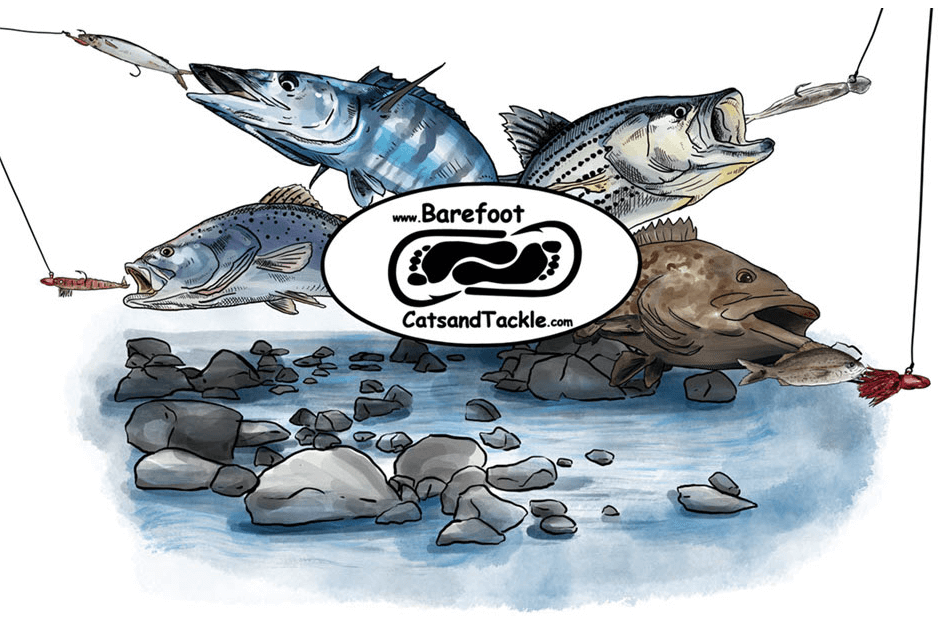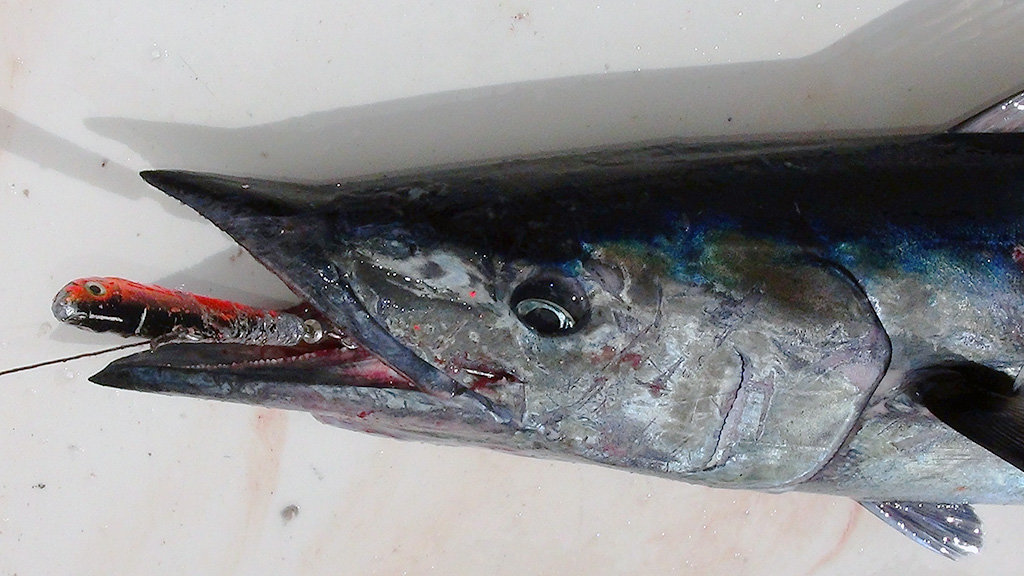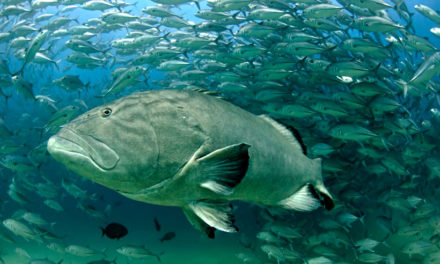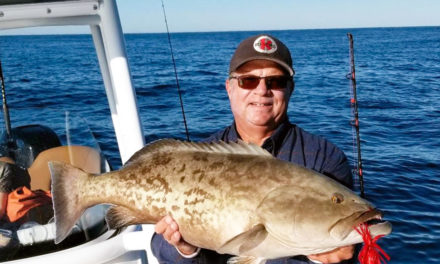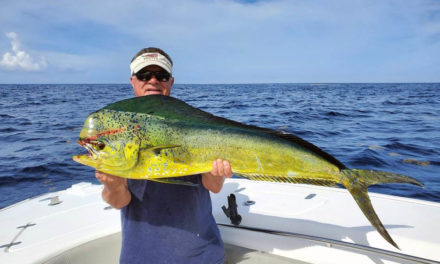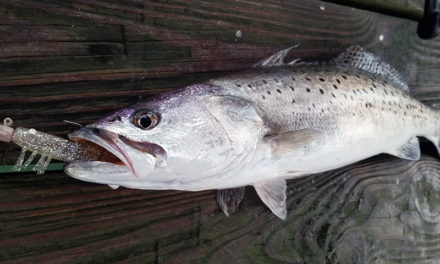There are correct tools for any project, and we have to use our time wisely. First and foremost, I think water temperature is a key to finding the wahoo and tuna consistently. I know it costs a few bucks, but you can subscribe to some sites (not promoting any here) that will give you a clear picture of where you can find a degree or two temperature break on the edge. Then, once you narrow down a distance and head for the desired water temps, you need to locate the bait.
There are times when the fish will not be on the bait visible on the recorder or on the surface but just oriented on the structure and temperature break. Here is when it gets down to visual and electronic hunting. There are electronics available that can locate an individual bird or groups of birds at long distances, which is always a good thing to find. If you have a few birds working an area, they are there because the bait is there. Again, I know this electronic equipment is costly, but it’s yet another tool that can narrow down the search for wahoo, tuna, and dolphin.
Then there are the essential tools we possess as humans, such as good eyesight (good binoculars) and judgment. You’ve found the correct general area if you see a noticeable water color change, birds and/or fish feeding on the surface, weed lines, and floating objects. Many of these floating objects will hold bait and fish, especially wahoo and dolphin.
After narrowing down an area, the fish will likely be in due to temperature, depth, structure, etc. That is when I prefer to high-speed troll. High-speed trolling is another tool to locate the fish and not a tool to use all day! (in my humble opinion) That is true for wahoo especially. Once you get a bite, mark that location on the chart, and for sure, if you get several bites in an area. Now it’s time to return to that area and go to work on them. The sun is higher by this time of day, and the surface bite might slow down a little bit. Like I’ve always said, the fish don’t have Maui Jim’s shades, so they use depth to get the correct amount of light they want and are constantly looking up to see bait at or near the surface like flyers, tinker, cigs, and sardines, but continually looking for the squid down deep. That is why the planer rod is typically the one that produces in the middle of the day.
When the sun is high in the sky, it’s time to go deep with your baits. But, unfortunately, you can’t always catch them where you want to; you have to see them where they are: down deep.
Here is a video from the Barefoot Video Archive showing a wahoo caught onboard the Grinnell Leadership off Carolina Beach, NC.
Tim Barefoot’s saltwater tackle will help any angler in any condition to land the big ones.
SALTWATER TACKLE YOU MAY WANT TO TRY:
7/0 and 11/0 J-Hook Chin Weights: Target fish include Tuna, Wahoo, Mahi or Common Dolphin, King Mackerel, Wahoo, and more. Easy to rig!
4 oz. Crab Decoy Jig: Target fish for Striped Bass, nearshore Drum, Snook, Grouper, west coast bottom fish, and more.
4 oz. Tuna Squid Decoy Jig: From the eastern, western, Alaskan, and gulf coasts, target fish include: Tuna, Dolphin, Wahoo, Fluke, Flounder, Striped Bass, Seabass, Amberjack (east coast), Yellow Tail (west coast), California White Sea Bass (west coast), Grouper, Snapper, Halibut, Ling cod, and all Alaskan bottom fish.
8 oz. - 12 oz. 10/0 Squid Decoy Jig: Catch BIG Grouper, Amberjack, Giant Stripers, and more.

